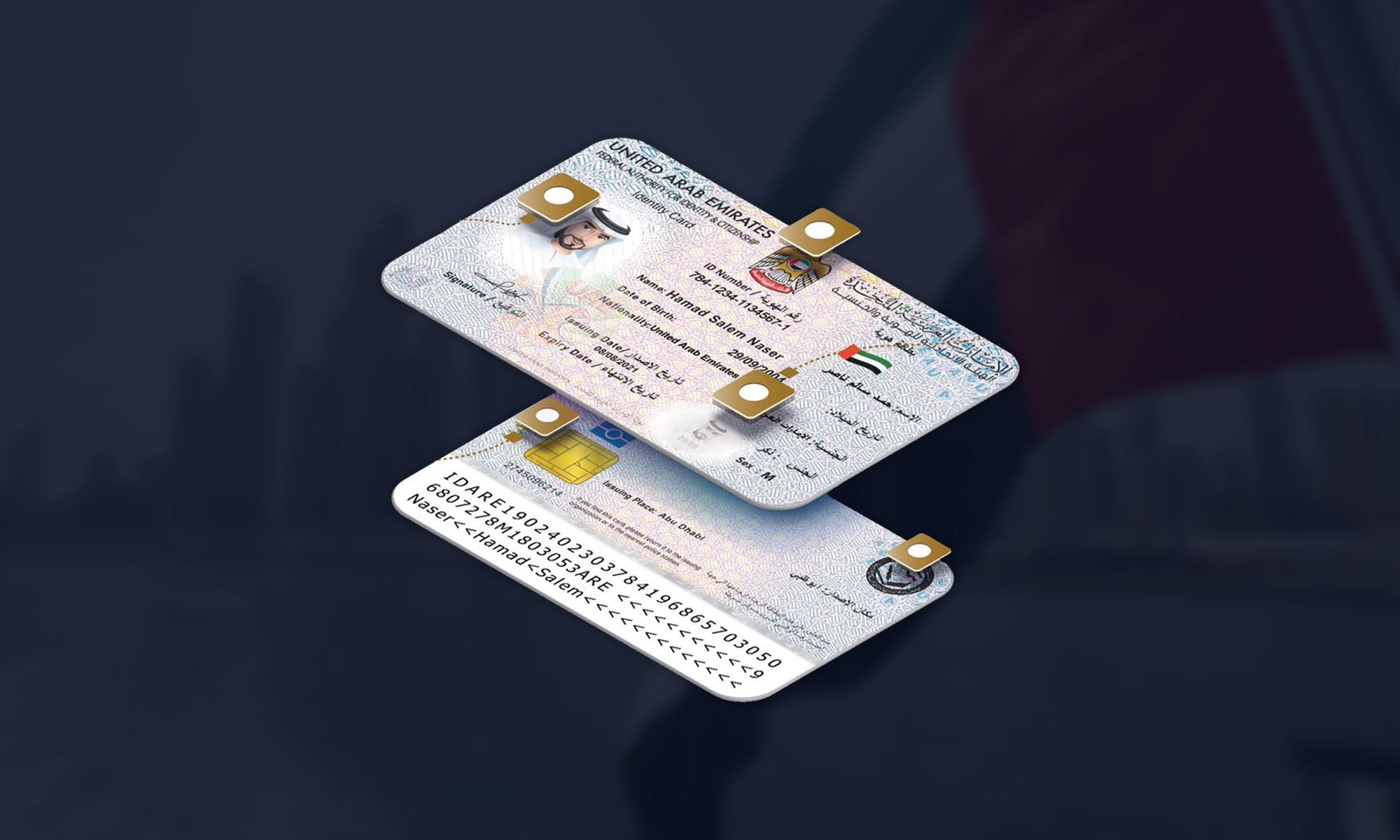News
UAE Starts Relying On Emirates ID As Proof Of Residency
Both citizens and residents can look forward to a number of benefits, including easier access to government services, less time spent at airports, and more.

From April 11, the United Arab Emirates (UAE) has started relying on Emirates ID as proof of residency, suspending the issuance of residence visa stamps.
Emirates ID is a smart identity card issued by Federal Authority for Identity and Citizenship. All UAE citizens and residents must apply for it by filling the eForm at one of the authorized typing centers or through the online form available on website of Federal Authority for Identity and Citizenship (FAIC).
Each Emirates ID has an electronic chip that can store up to 32,000 letters of information. The stored information can be encrypted in order to protect the privacy of card holders and prevent unauthorized third-parties from stealing it for malicious purposes.
By switching to a modern smart identity card, the UAE is taking yet another step on its smart-city journey. Both citizens and residents can look forward to a number of benefits, including easier access to government services, less time spent at airports, and more.
Those who have registered for smart gates at airports in the UAE can pass through them by simply looking at the green light on top of the camera to verify the biometric information contained within the Emirates ID chip.
Also Read: How To Change The Mobile Number On Your Emirates ID
The replacement of residence vista stamps by Emirates ID has been made possible by the last update of the advanced card, which was introduced in August 2021 by the Federal Authority for Identity and Citizenship (ICA).
The update added several new features, including a laser-printed 3D picture, additional fields and codes definition, advanced technical characteristics, and increased data protection. The latest generation of Emirates ID cards is made using polycarbonate that should last more than 10 years and survive countless washing machine accidents and other horrors that cards typically go through.
News
Google Releases Veo 2 AI Video Tool To MENA Users
The state-of-the-art video generation model is now available in Gemini, offering realistic AI-generated videos with better physics, motion, and detail.

Starting today, users of Gemini Advanced in the MENA region — and globally — can tap into Veo 2, Google’s next-generation video model.
Originally unveiled in 2024, Veo 2 has now been fully integrated into Gemini, supporting multiple languages including Arabic and English. The rollout now brings Google’s most advanced video AI directly into the hands of everyday users.
Veo 2 builds on the foundations of its predecessor with a more sophisticated understanding of the physical world. It’s designed to produce high-fidelity video content with cinematic detail, realistic motion, and greater visual consistency across a wide range of subjects and styles. Whether recreating natural landscapes, human interactions, or stylized environments, the model is capable of interpreting and translating written prompts into eight-second 720p videos that feel almost handcrafted.
Users can generate content directly through the Gemini platform — either via the web or mobile apps. The experience is pretty straightforward: users enter a text-based prompt, and Veo 2 returns a video in 16:9 landscape format, delivered as an MP4 file. These aren’t just generic clips — they can reflect creative, abstract, or highly specific scenarios, making the tool especially useful for content creators, marketers, or anyone experimenting with visual storytelling.
Also Read: Getting Started With Google Gemini: A Beginner’s Guide
To ensure transparency, each video is embedded with SynthID — a digital watermark developed by Google’s DeepMind. The watermark is invisible to the human eye but persists across editing, compression, and sharing. It identifies the video as AI-generated, addressing concerns around misinformation and media authenticity.
While Veo 2 is still in its early phases of public rollout, the technology is part of a broader push by Google to democratize advanced AI tools. With text-to-image, code generation, and now video creation integrated into Gemini, Google is positioning the platform as a full-spectrum creative assistant.
Access to Veo 2 starts today and will continue expanding in the coming weeks. Interested users can try it out at gemini.google.com or through the Gemini app on Android and iOS.






















